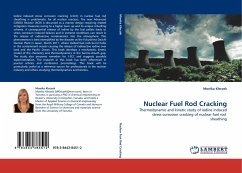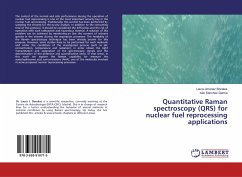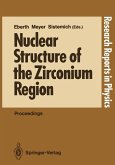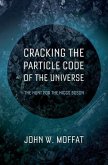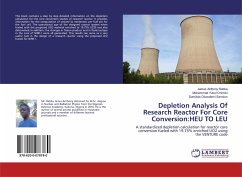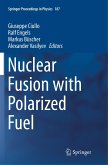Iodine induced stress corrosion cracking (I-SCC) in nuclear fuel rod sheathing is problematic for all nuclear reactors. The new Advanced CANDU Reactor (ACR) is discussed as a reactor design requiring related mitigation measures owing to a higher burn up and its unique refuelling scheme. A consequential release of iodine by the fuel pellets leads to stress corrosion induced failures and in extreme conditions can result in the release of radioactive contaminates into the atmosphere. This phenomenon is best exemplified by the disaster at the Fukushima Daiichi Nuclear Plant in Japan, March 2011, where melted fuel rods burnt holes in the containment vessels causing the release of radioactive iodine over land and the Pacific Ocean. This book develops a mechanistic kinetic model of the chemistry and thermodynamics in the fuel-to-sheath gap. The study also proposes remedies for I-SCC and suggests possible experimentation. The research in this book has been referenced in journal articles and conference proceedings. This book will be particularly useful as a reference source for professionals in the nuclear industry and others studying thermodynamics and kinetics.

